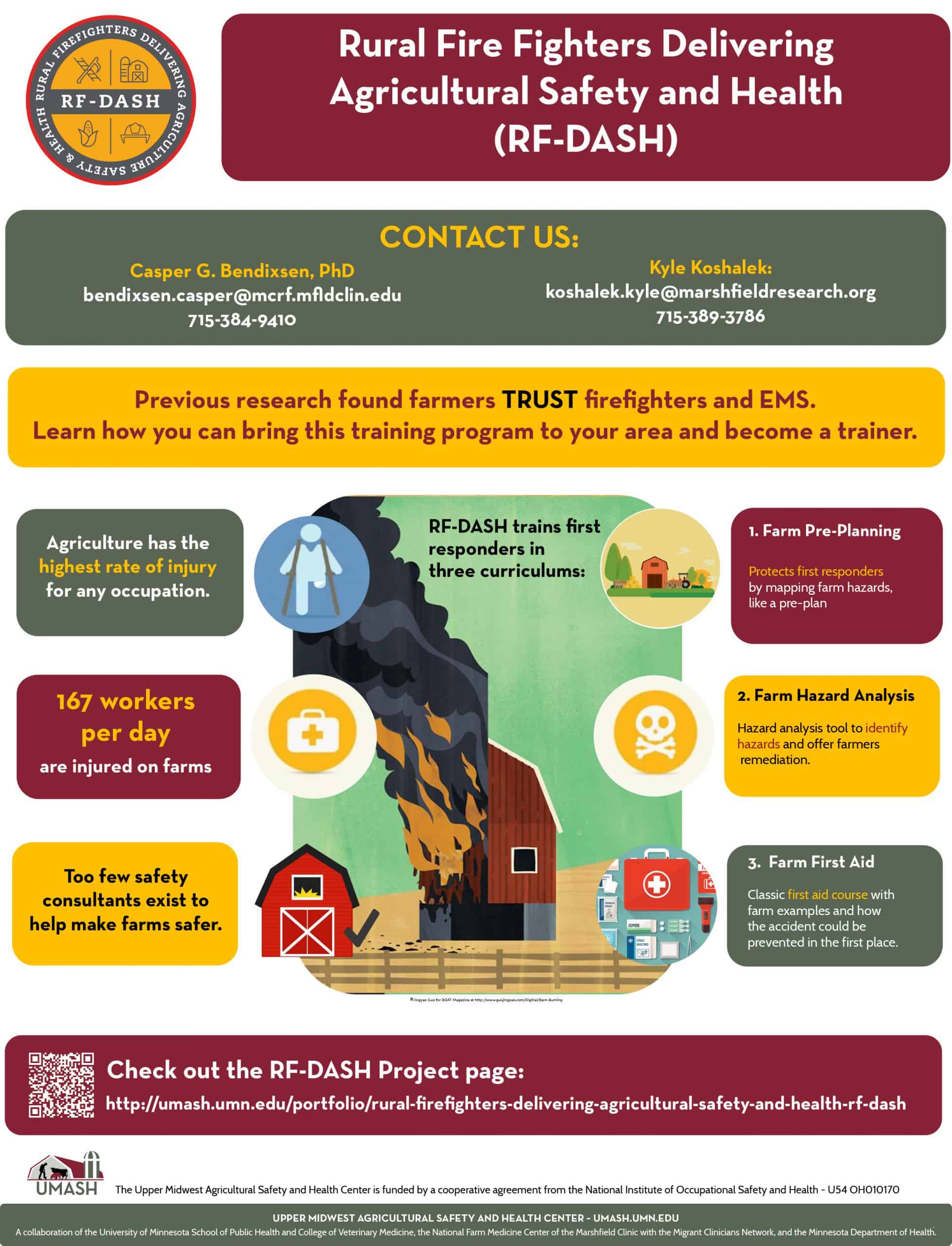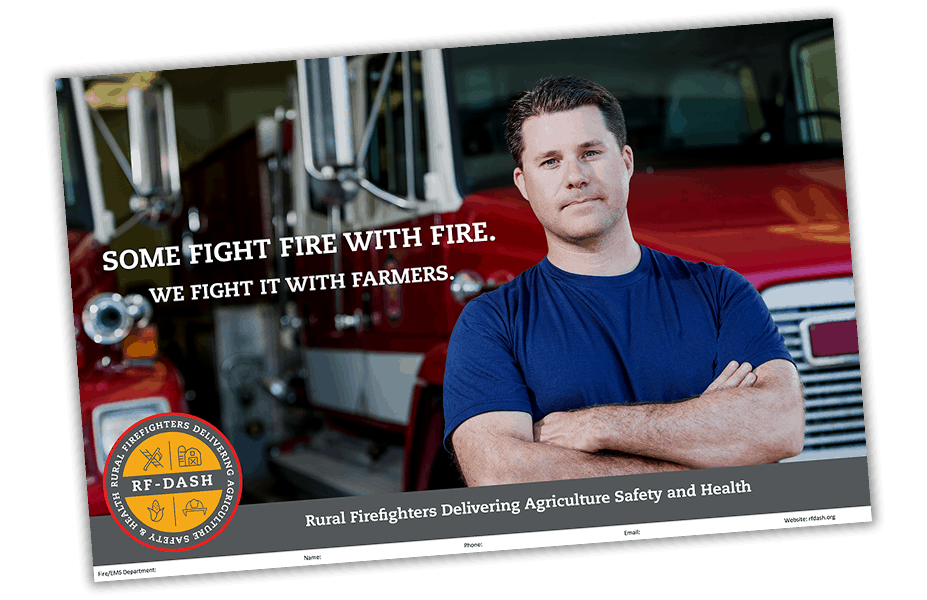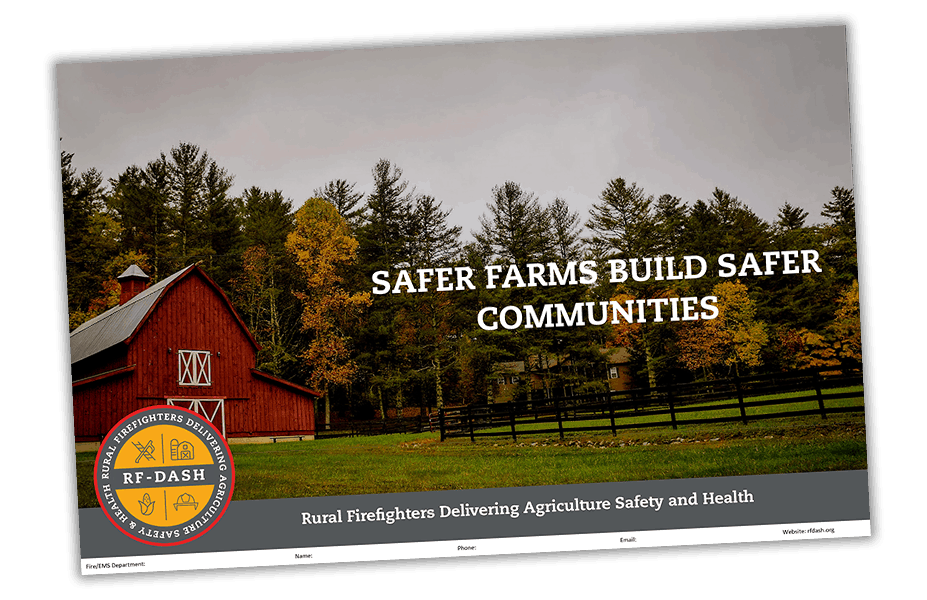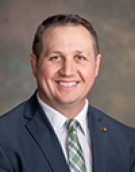Fires pose serious threats to the wellbeing of livestock and humans. Farms have many flammable materials, such as pesticides, cobwebs, dust, bedding, hay,
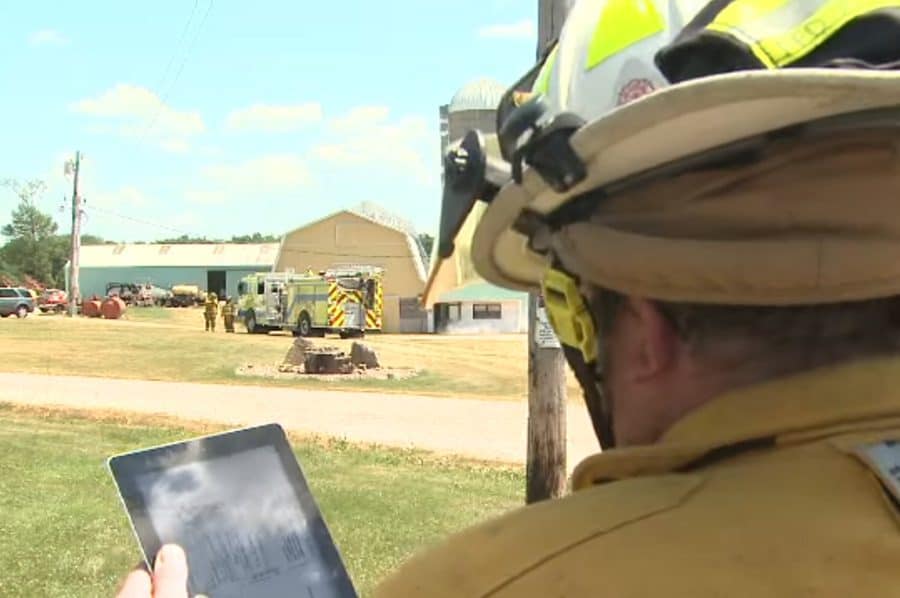
Project Description
Dates: 2016 – 2022
Accomplishments so far include
- RFDASH has been highlighted in a four-part series of Progressive Dairyman articles with a national audience.
- Over 70 firefighters/EMS have been trained as trainers in the program including those from Wisconsin, Minnesota, New York, and Massachusetts.
- New trainers have started to train others and make their own presentations. This includes over 20 new participants in Wisconsin, Vermont, and Ohio.
What can FarmMAPPER and SaferFarm.org can do for you?
This project is based upon results from the Spheres of Influence Project which found that farmers, agricultural bankers, and agricultural insurers believe that firefighters can be influential and motivate farmers to make changes to improve the health and safety on their farms. The project team believes that rural firefighters and first responders are highly esteemed people in rural and agricultural communities. With these new tools and knowledge, they can be influential on farmers’ health and safety decisions in their communities. We believe this will reduce farm hazards and improve farm safety.
We will explore the feasibility and efficacy of equipping rural emergency responders with farm-specific first aid curriculum, safety consultation capabilities, and farm hazard mapping strategies to assist in emergency responses to farms. We will also provide rural fire departments with digital tools to help train and guide them in the conduct of farm safety consultations. We will also enlist local academic institutions and insurance companies in the development and support of programs to sustain this cross trained workforce.
Year 3 of the RF-DASH project the team supported our existing trainers and expanded their networks of influence. We tracked data on power of their role in the community through a social network analysis tool and semi-structured interview instrument. We also assessed the feasibility of a national, multi-region program through a national training pilot.
Social Network Analysis:
With 36 trainers, we have conducted social network analysis interviews with 19 trainers. We have initiated second round interviews and have begun incentivizing individuals to discuss the work they have done with RF-DASH. We are currently analyzing and evaluating the data already collected and will continue to conduct more interviews approximately every six months to see how information about the RF-DASH program moves through their social networks.
National Training Pilot:
We reached out to three active National Fire Protection Association (NFPA) committee members to see if the project can become part of an existing standard for rural fire/EMS departments to follow or a new standard altogether. Receiving positive feedback, we decided to pursue a national training pilot to evaluate if the project was generalizable enough for other regions around the United States.
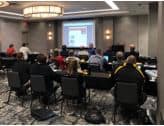
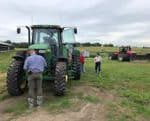 The national training encouraged partnerships between agriculture health and safety professionals, and rural fire/EMS. We invited 18 individuals from nine states (Idaho, Minnesota, Nebraska, New York, Ohio, Pennsylvania, Utah, Washington, and Wisconsin) to Minneapolis, MN for two days of training and a round table discussion about ways to improve the project in a national program. We received positive feedback on the entire RF-DASH project. During the round table discussion, participants provided suggestions and new ideas to improve the overall use and appearance of the program through marketing, further curriculum refinement, and digital tools. We will be following up with the group in six months to learn what they took away from the program and implemented in their regions. The NFPA committee members informed us we are already following many of the standards, specifically the 1300 standard regarding community risk analysis and reduction. This may mean firefighters can be further incentivized to engage with the program to have their departments compliant with this standard.
The national training encouraged partnerships between agriculture health and safety professionals, and rural fire/EMS. We invited 18 individuals from nine states (Idaho, Minnesota, Nebraska, New York, Ohio, Pennsylvania, Utah, Washington, and Wisconsin) to Minneapolis, MN for two days of training and a round table discussion about ways to improve the project in a national program. We received positive feedback on the entire RF-DASH project. During the round table discussion, participants provided suggestions and new ideas to improve the overall use and appearance of the program through marketing, further curriculum refinement, and digital tools. We will be following up with the group in six months to learn what they took away from the program and implemented in their regions. The NFPA committee members informed us we are already following many of the standards, specifically the 1300 standard regarding community risk analysis and reduction. This may mean firefighters can be further incentivized to engage with the program to have their departments compliant with this standard.
Curriculum Refinement and Digitalization:
In continuing our goal to support existing trainers, RF-DASH team created resources to increase communication from the project staff, participant members, rural fire/EMS, and farmers. Development of the quarterly RF-DASH newsletter has allowed participants to become more engaged and up to date on the progress of the project. Many enrolled rural departments provided positive feedback on the effectiveness of this communication tool.
We created a brochure to give information on RF-DASH to farmers. This was in direct response to requests from fire/EMS personnel on additional resources to help inform farmers on project goals. In addition, we built a contact directory representing all of the individuals in the RF-DASH program. This public directory will allow the public to contact individuals in their regions about RF-DASH.
Improving Digital Tools:
We revised the item rating scale (1-5) in SaferFarm.org to stay consistent with best practices in hazard analyses. Now, five represents optimum protection against a hazard and one represents the least protection. The FARM-HAT scales were also revised and underwent general refinement, including incorporation of the ability to make future revisions as needed. We also updated SaferFarm.org to include a Forms Library to house the updated 154 FARM-HAT sheets.
Google Analytics was added to SaferFarm.org to provide the RF-DASH team with data on how users find and utilize the website.
Other Outcomes:
The RF-DASH project was featured in Canada’s Western Producer trade magazine discussing uses of the digital tools and how farmers can help firefighters prepare and respond to farm emergencies. Dairy Radio Now also conducted a short interview on the background and goals for the project.
Next Year:
The next year of RF-DASH will consist of supporting our existing trainers, observing how their networks expand, as well as continuing to build a national program. We will be continually working on improvements to online tools and curriculum. We plan to contact a marketing company with previous experience assisting NFMC to discuss ways to create a consistent and professional appearance for RF-DASH.
The overall goal of this project is to improve the farmers’ access to capable health and safety consultation by providing rural firefighters and emergency responders with farm safety knowledge and tools, thereby reducing farm hazards and improving farm safety.
NEWSLETTER
Every quarter we will send out a newsletter welcoming newcomers and highlighting new and exciting information in our combined efforts of making agriculture safer.
VIEW PAST ISSUES:
- Issue #8 – May 2022
- Issue #7 – May 2021
- Issue #6 – August 2020
- Issue #5 – May 2020
- Issue #4 – January 2020
- Issue #3 – October 2019
- Issue #2 – July 2019
- Issue #1 – March 2019
The following specific aims will be achieved over a five-year period:
- Modify existing curricula to instruct rural emergency responders to effectively disseminate agricultural health and safety knowledge. The proposed curricula will enable firefighters to:
- Instruct farmers, farm families, and farm workers in Farm First Aid in order to raise injury awareness and disseminate prevention strategies.
- Perform agricultural safety consultations for farmers with the assistance of the Farm/Agriculture/Rural Management – Hazard Analysis Tool (FARM-Hazard Analysis Tool) in order to increase the number of competent agricultural safety consultants.
- Utilize Farm Mapping to Assist, Protect and Prepare Emergency Responders (Farm-MAPPER) in order to prevent injuries to firefighters during farm emergencies and expedite response times.
- The research team will utilize social network analysis and anthropologic data to describe and efficiently navigate the existing network of agricultural health and safety experts, fire training institutions, firefighters, insurance companies, and farmers.
- The research team will develop guidelines and technical assistance resources in order to promote sustainability, update curricula, and enable replication of the RFDASH model in new regions.
RF-DASH Program Highlight

Loved the content and passion driving this project. I know it will go far. Well organized, easy to understand and use material.
Some of these farms are humongous and we don’t know where everything is, so to be able to preemptively map the farm and know where the chemicals are, where the bulls are and where the gas shut offs are will help us in the event there is an emergency.
The program helps farmers look at themselves - self analysis and hopefully eliminate accidents. If they don’t have to call us, then it will be a success.
As rural firefighters and EMS providers we have an opportunity through the RF-DASH training to move beyond the rescue and recovery and become part of the solution.
Farm Mapping to Assist, Protect and Prepare Emergency Responders (Farm MAPPER)
Project Resources
Project News
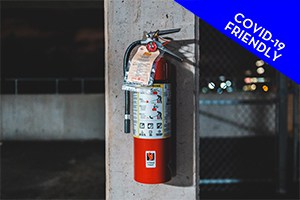
Farm Safety Check: Preventing Building Fires
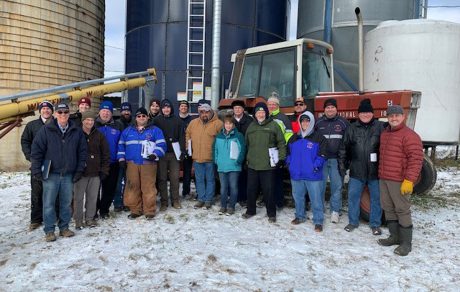
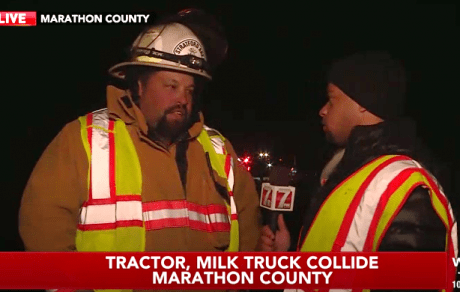
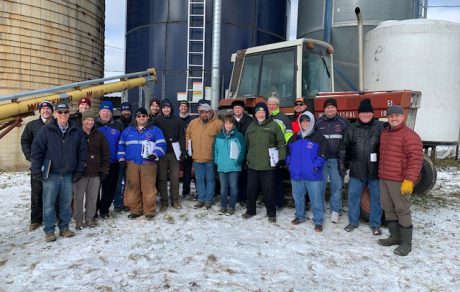
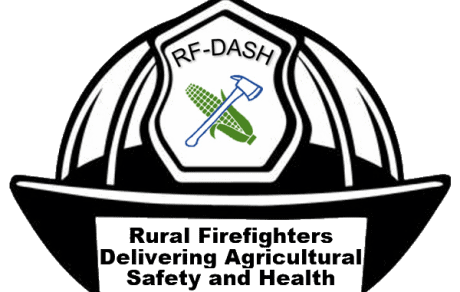
SPOTLIGHT: Rural Firefighters Delivering Agricultural Safety and Health: Putting it into Practice
JANUARY 2020 Rural firefighters are many times volunteers and serve the agricultural community by responding to emergencies both on and off farms. One
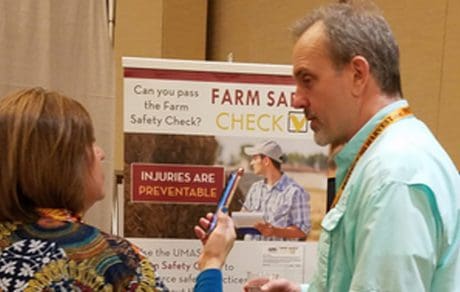
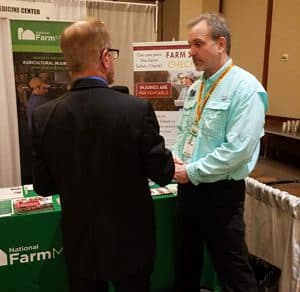
Trade Talk Success at the National Association of Farm Broadcaster’s Annual Convention
Scott Heiberger and Melissa Ploeckelman are no strangers to the agricultural media. In November, they headed to Kansas City to take part in the National
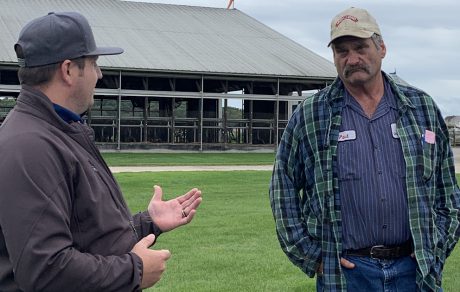
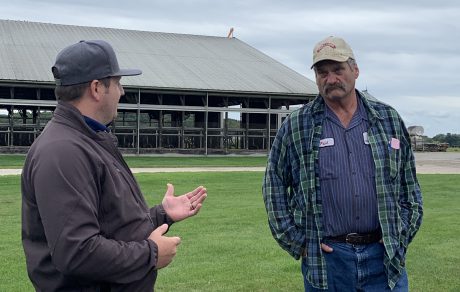
RF-DASH is going National!
In the first national training pilot, Rural Firefighters Delivering Agricultural Safety and Health (RF-DASH) instructors conducted a 2-day workshop for
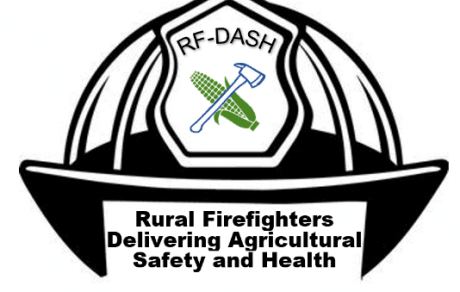
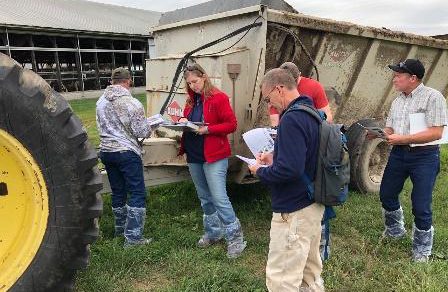
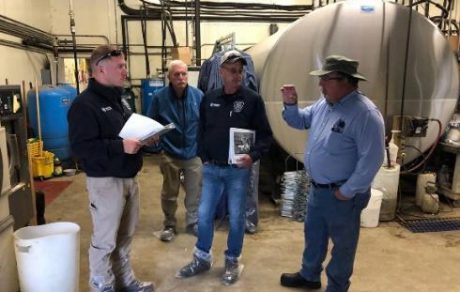
SPOTLIGHT: Working With Firefighters and EMS on Ways to Bring up RF-DASH to National Program Caliber
SEPTEMBER 2019 The Rural Firefighters Delivering Agriculture Safety and Health (RF-DASH) project, funded by UMASH, is exploring a national program. Due
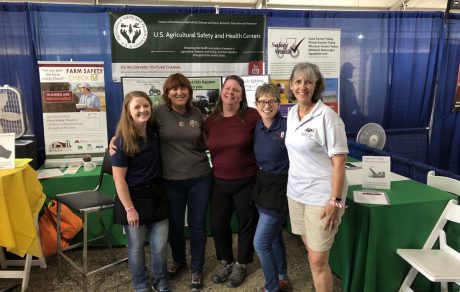
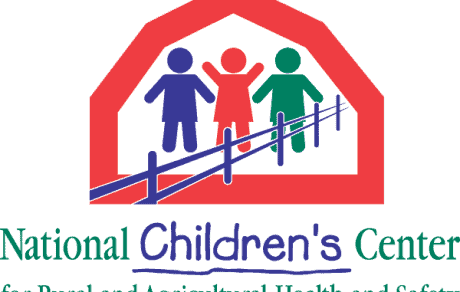
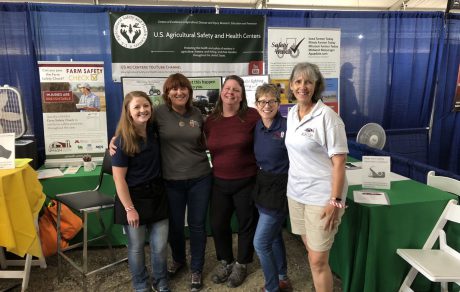
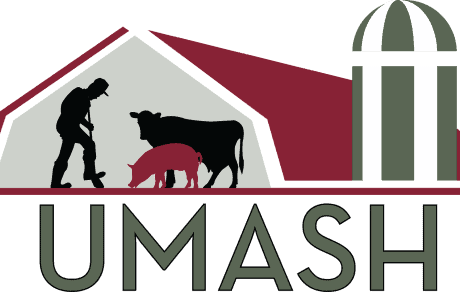
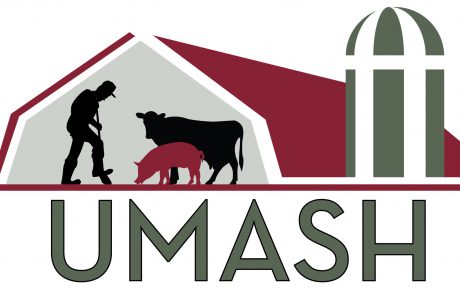
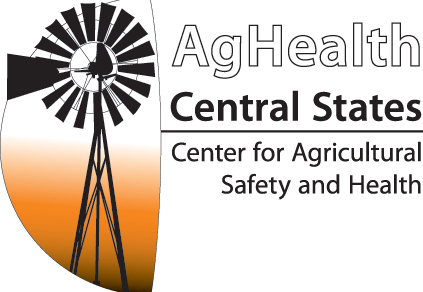
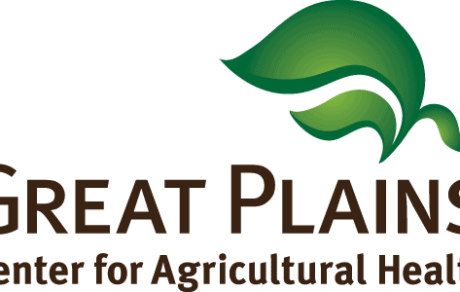
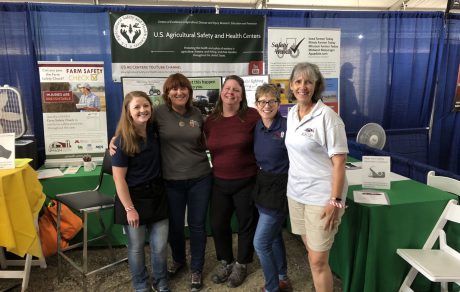
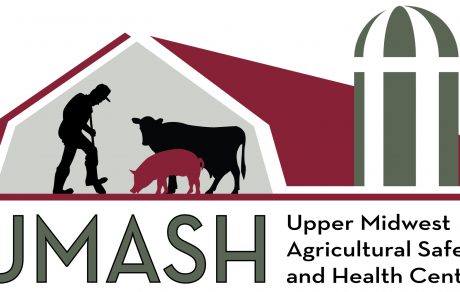
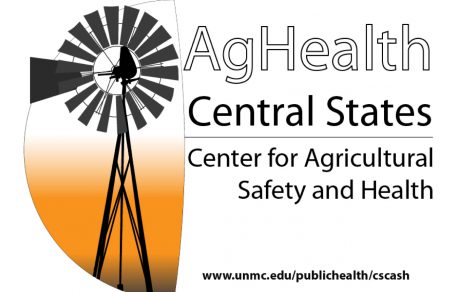
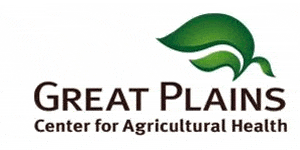

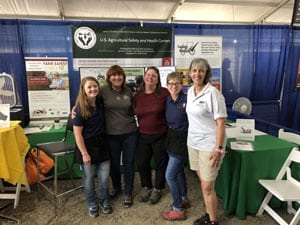
SPOTLIGHT: The Multiplier Effect – US Ag Centers at Minnesota Farmfest
JULY 2019 The term “multiplier effect” is a term you may be familiar with and one commonly used in the world of economics. UMASH and our neighboring U.S.


A Year in Review – Highlighting the Important Work of NFMC
The National Farm Medicine Center (NFMC), located in Marshfield, Wisconsin is one of the five UMASH collaborators. We share in the mission to improve
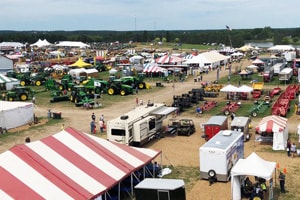
Kicking off the Farm Show Season: UMASH in the Neighborhood
UMASH staffers, Diane Kampa and Carol Peterson, kicked off the farm show season with Farm Technology Days. This show was held July 10-12, 2018 near Marshfield,
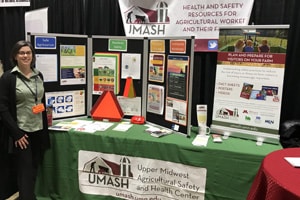
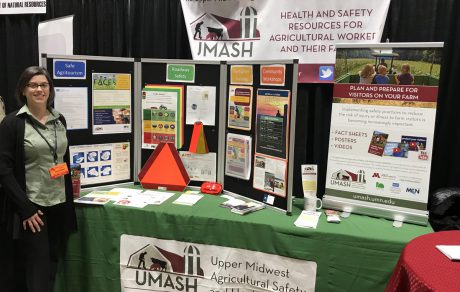
Agritourism – It’s a new word to many people
UMASH connected with Township Officials across the state at the Minnesota Association of Townships annual meeting on November 16-17, 2017. Visitors to
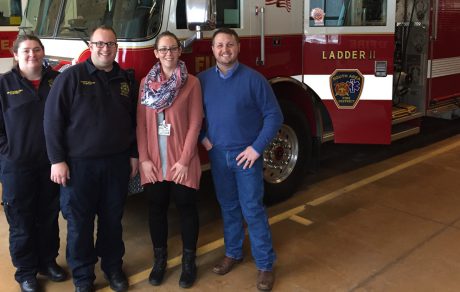
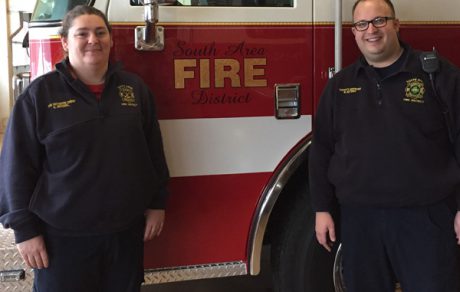
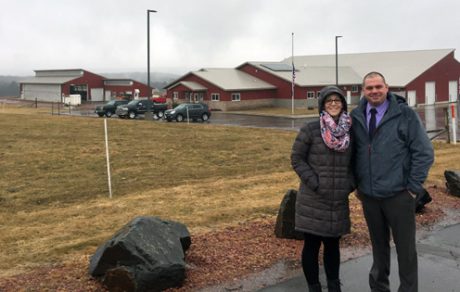
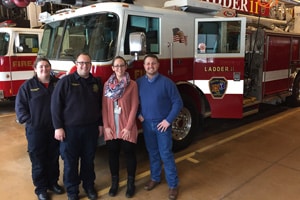
SPOTLIGHT: Firefighters Could be Key to Farm Safety
Rural firefighters are farmers’ neighbors, friends, family, or are farmers in their own right. They are a highly trainable and trusted workforce. Moreover,

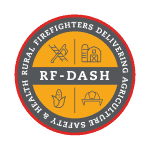
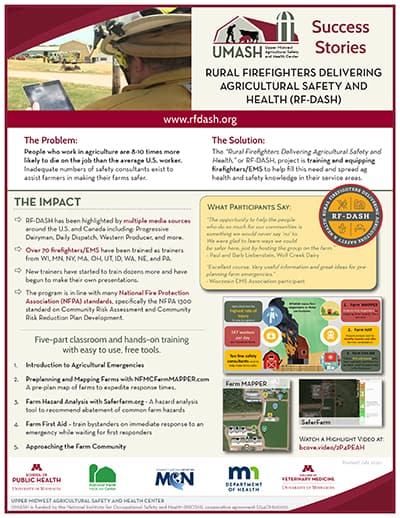
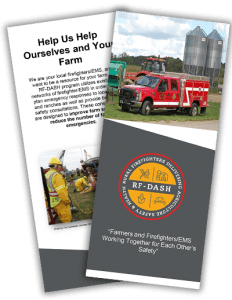
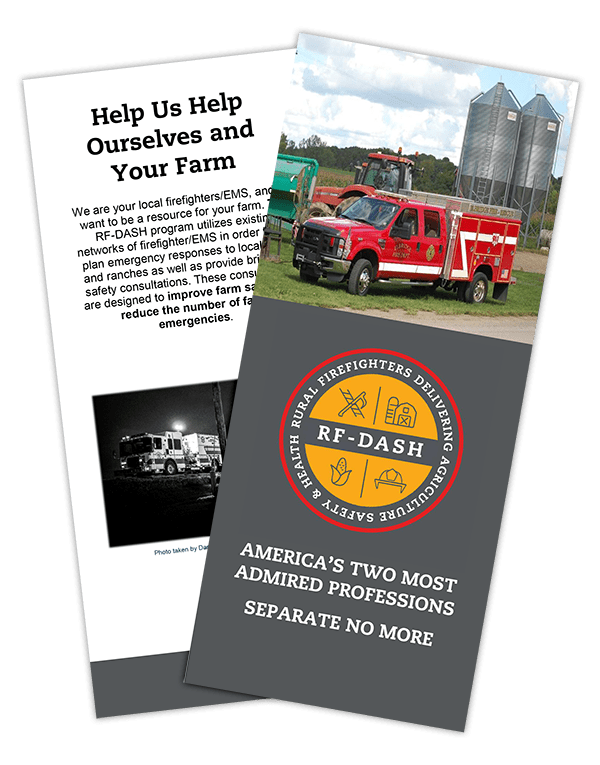

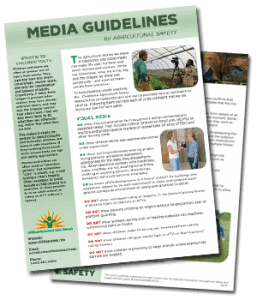
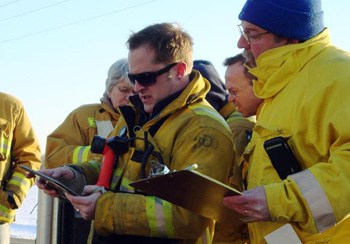
 The RF-DASH project was highlighted in a four-part series of Progressive Dairyman articles. Click the links below to read the article tear sheets.
The RF-DASH project was highlighted in a four-part series of Progressive Dairyman articles. Click the links below to read the article tear sheets.